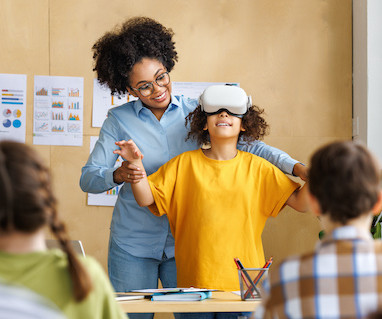4 Shifts Protocol sessions at InnEdCO 2022
Dangerously Irrelevant
JUNE 13, 2022
Redesigning for deeper learning and student engagement [2-hour workshop] Scott McLeod. Many schools have created future-ready vision statements and college- and career-ready profiles of a graduate. This workshop focuses on how to redesign classroom instruction for future-ready learning.















Let's personalize your content